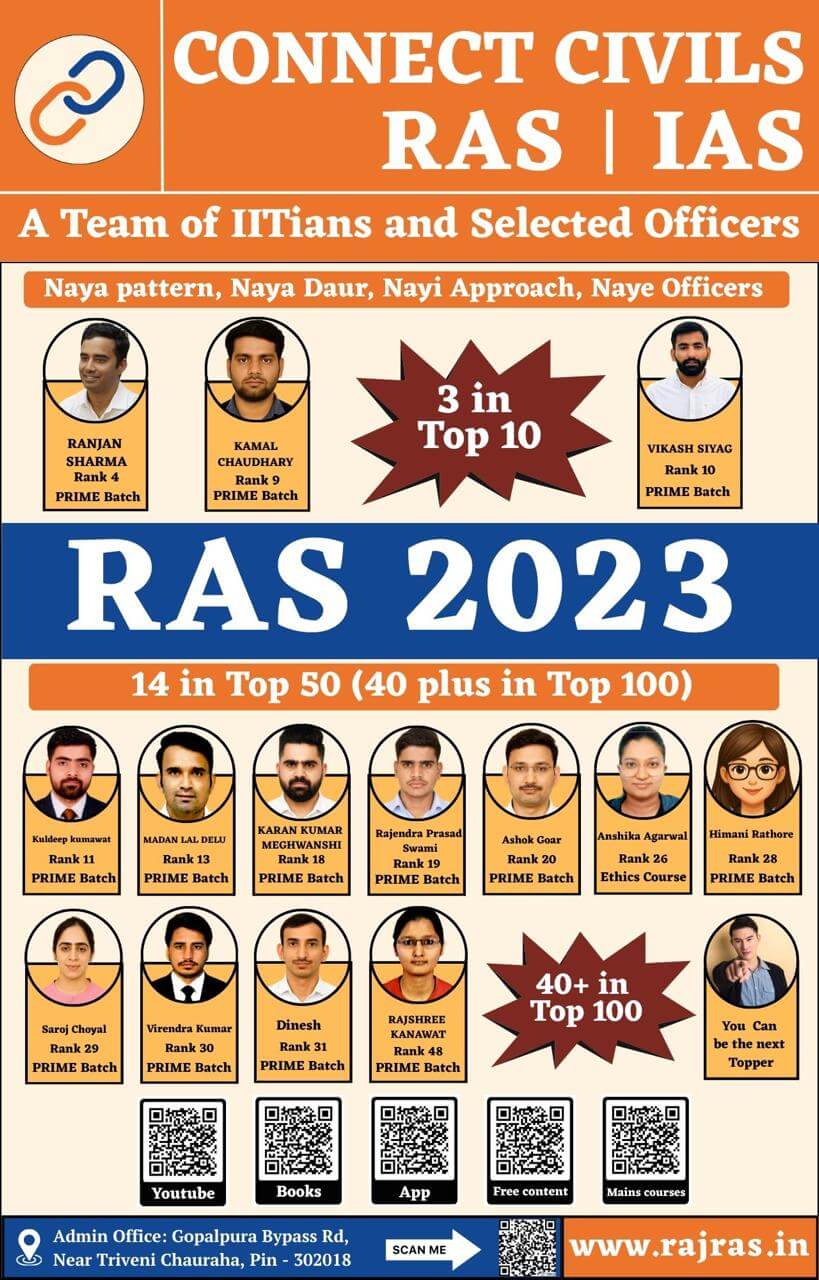Training, development, and appraisal systems play a crucial role in management by enhancing employee skills, fostering growth, and ensuring fair performance evaluations. These systems help organizations build a competent workforce, improve productivity, and drive long-term success.
Training and Development
The rapid technological and societal changes over the last quarter-century have significantly increased the complexity of jobs, making employee training more crucial than ever.
- Training and development benefit both the organization and the individual.
Training, Development, and Education
- Training: The process of increasing the specific attitudes, skills, and abilities needed for specific jobs. It is a short-term, goal-oriented process, primarily focused on the organization’s needs.
- Development: A broader, ongoing learning process aimed at the overall growth of the individual. It covers not only those activities which improve job performance but also those which bring about growth of the personality, help individuals in the progress towards maturity and actualisation of their potential capacities so that they become not only good employees but better men and women.
- Education: The process of increasing knowledge and understanding, developing logical and rational thinking, and enhancing capacities for analysis, synthesis, and objectivity. Education is broader in scope than training, emphasizing the understanding and interpretation of knowledge.
Benefits of Training and Development
To the Organization:
- Systematic Learning: Training provides a systematic approach to learning, which is more effective than hit-and-trial methods, reducing wastage of efforts and resources.
- Enhanced Productivity: Increases employee productivity in terms of both quantity and quality, leading to higher profits.
- Preparedness for Future Roles: Equips future managers to step in during emergencies.
- Increased Morale: Boosts employee morale, leading to reduced absenteeism and turnover.
- Adaptability: Helps the organization respond effectively to fast-changing technological and economic environments.
To the Employee:
- Career Advancement: Improved skills and knowledge lead to better career prospects.
- Increased Earnings: Higher performance results in better compensation.
- Safety: Training in handling machinery reduces the likelihood of accidents.
- Job Satisfaction: Training enhances job satisfaction and morale.
Training Methods
On-the-Job Methods:
- Apprenticeship Programmes:
- Trainees learn under the guidance of a master worker, acquiring higher levels of skill.
- Coaching:
- Trainees are guided by a superior who instructs and reviews their progress, suggesting necessary changes in behavior and performance.
- Internship Training:
- A collaborative program between educational institutions and business firms where trainees acquire practical knowledge and skills in a real-world environment.
- Job Rotation:
- Trainees are shifted between departments or jobs, gaining a broader understanding of the organization and its operations.
Off-the-Job Methods:
- Classroom Lectures/Conferences:
- Used to convey specific information, rules, procedures, or methods, often supplemented by audio-visual aids or demonstrations.
- Films:
- Used to provide a visual understanding of the content.
- Case Study:
- Analyzing real-life situations to develop problem-solving skills.
- Computer Modelling:
- Simulates work environments, allowing trainees to learn without the risks or costs of real-life mistakes.
- Vestibule Training:
- Training on the same equipment used on the job but conducted away from the actual work floor, often for handling sophisticated machinery.
- Programmed Instruction:
- Information is broken into logical units, arranged sequentially from simple to complex. Trainees learn by answering questions or completing tasks, progressing through the material at their own pace.
| TRAINING | DEVELOPMENT |
| Indicates the process by which attitudes, skills and abilities of employees to perform specific jobs are increased. | Development refers to the learning opportunities designed to help employees grow. |
| Covers only those activities which improve job performance. Training is tied to the goals of organisations more than to the goals of the individual | It also includes those activities which bring about growth of the personality, help individuals in the progress towards maturity and actualisation of their potential capacities so that they become not only good employees but better men and women |
| It is job oriented process | It is carrer oriented process |
| It is a short-term process. | It is an ongoing process. |
| It is work centered. | It is person-centered. |
Appraisal Systems
- Definition: A performance appraisal system is a structured, managed process that businesses use to assess and evaluate employee performance. The goal is to provide clear, actionable feedback to employees on their strengths and areas for improvement while supporting decisions related to compensation, promotions, training, and development.
- Purpose: Performance appraisals provide feedback to employees, showcasing their work and contributions within a broader context. They justify increments in pay scales, bonuses and other rewards.
- Timing: While appraisals can be conducted at any time, they are most commonly performed annually, semi-annually, or quarterly.
- Importance: A performance appraisal system is essential for organizations to evaluate employee contributions, drive productivity, and align workforce efforts with business goals. It serves as a structured mechanism to assess performance, provide feedback, and improve overall organizational effectiveness.
Types of Performance Appraisal
- The choice of appraisal methods depends on various factors, including the diversity of roles within the organization, the time available for the review process, and the specific objectives of the appraisal.
Traditional Performance Appraisal Systems
Ranking Method
- Employees are ranked from best to worst based on their performance.
- Useful for small teams but may lead to bias and unhealthy competition.
Paired Comparison Method
- Employees are compared two at a time to determine the better performer.
- Ideal for objective decision-making, but complex for large teams.
Graphic Rating Scale (GRS)
- Uses numerical scales (e.g., 1-5) to rate employees on skills, behavior, and productivity.
- Simple and easy to use but may be subjective.
Checklist Method
- A yes/no checklist is used to evaluate employee performance on predefined criteria.
- Quick but may lack depth and detailed feedback.
Forced Distribution Method
- Employees are categorized into performance levels (e.g., top 10%, average 70%, low 20%).
- Helps in weeding out poor performers, but may demotivate employees.
Modern Performance Appraisal Systems
360-Degree Feedback
- Purpose: This method is used to analyze the performance and potential of employees by gathering feedback from multiple sources (supervisors, peers, subordinates, and sometimes even customers).
- Application: Organizations often use 360-degree feedback before making major decisions about an employee’s career, such as promotions or pay hikes.
- Benefits: The feedback obtained is used for planning training and development, making administrative decisions, and creating strategies for employee growth.
720-Degree Feedback
- An advanced version of 360-degree feedback, with an additional review after a set period to track progress.
- Helps in continuous improvement and leadership development.
Management by Objectives (MBO)
- Employees and managers jointly set specific, measurable goals for performance evaluation.
- Encourages goal alignment, but success depends on clear objectives.
Behaviorally Anchored Rating Scale (BARS)
- Uses specific behavior examples to rate performance on a predefined scale.
- Ensures accuracy but is time-consuming to develop.
Assessment Center Method
- Employees undergo simulations, role-playing, case studies, and exercises to assess performance.
- Effective for leadership development, but costly and resource-intensive.
Psychological Appraisal
- Evaluates employees based on emotional intelligence, personality, and cognitive abilities.
- Useful for leadership roles but may require expert assessment
Critical Incident Method
- Employees are assessed based on noteworthy incidents of good or bad performance.
- Provides detailed feedback, but documentation is crucial.
Employee Appraisal Process
1. Establishing Performance Standards and Objectives
- Goal Setting
- Communication
2. Ongoing Performance Monitoring
- Continuous Observation.
- Data Collection
3. Performance Evaluation
- Compilation of Data
- Assessment
4. Feedback and Review Meeting
- One-on-One Discussion
- Constructive Feedback
- Two-Way Communication
5. Development Planning
- Action Plan Creation
- Setting Future Objectives
6. Follow-Up and Continuous Improvement
- Regular Check-Ins
- Ongoing Support
Employer Responsibilities:
- Inform employees of their value and contributions.
- Appreciate and recognize high performance.
- Establish and maintain a track record of fair and honest feedback.
- Ensure consistent treatment of all employees.
- Enable employees to track and assess their own contributions to the company’s processes and operations.
Training Development and Appraisal Systems/ Training Development and Appraisal Systems/Training Development and Appraisal Systems/ Training Development and Appraisal Systems

